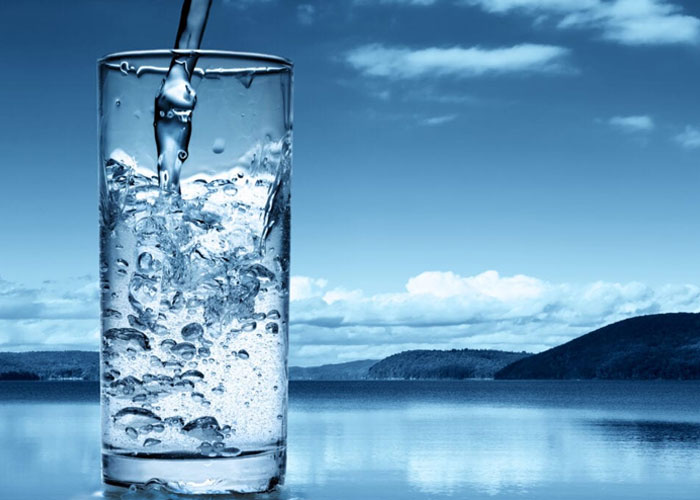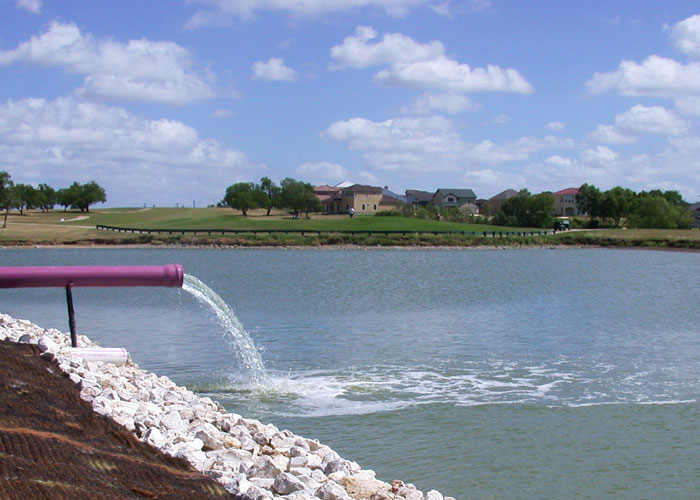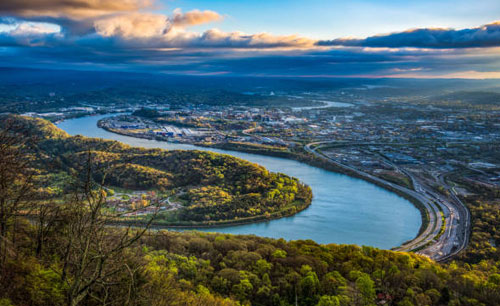A Guide to Water reuse provides an overview of water-reuse technology and discusses best practices in onsite treatment and conservation. It also covers the water-energy nexus and the value of collaborative design. It also offers information on how to communicate the benefits of water reuse systems to clients. This free guide is an essential resource for designers, engineers, and consultants. The authors have reviewed more than 80 case studies and are happy to share them with you.
Depending on the location of your home, you might have to purchase an STP to handle your sewage. Generally, residential buildings need at least one STP to treat sewage. Many STPs are located underground, making them difficult to maintain. Moreover, you may not be able to inspect them without hiring an expert. It is better to consult a professional if you have any doubts about the process.
Recycled water is treated to drinking water standards.
Recycled water is wastewater that has undergone multiple levels of treatment. The water is highly purified and is suitable for agricultural, industrial and municipal purposes. The water is often disinfected with ozone and UV light to eliminate pathogens and other pollutants. Recycled water can also be used for irrigation, which makes it a sustainable choice for many purposes. Besides irrigation, recycled water can also be used to recharge underground aquifers.

Water reuse is an important way to protect natural resources. It is often a backup for freshwater supplies and a good solution for cities in areas experiencing drought. Recycled water is also used for nonpotable uses such as agriculture and landscape irrigation. There are also many industrial uses for recycled water, including recharging groundwater aquifers and replenishing surface water reservoirs. Some projects involve injecting highly treated recycled water into aquifers. In 1976, the Water Factory 21 Direct Injection Project began in San Diego, California.

Recycled water is used for low-end uses.
Recycled water is wastewater that has been previously treated and then reused for a variety of purposes. This process reduces the volume of wastewater that needs to be treated for potable use and increases the capacity of water infrastructure for new users. There are several different technologies used to recycle water. Point Loma Wastewater Treatment Plant in San Diego is one example that is currently testing the feasibility of recycling water for drinking purposes.
Recycled water can be used for irrigation in agricultural fields. In developing countries, it serves as a fertilizer for crops, and its nutrients make them ideal for human consumption. In addition, recycled municipal wastewater is increasingly used to irrigate food crops in developing countries. These farmers need water to compete with cities for lucrative markets for fresh produce but are limited by water resources. Recycled water is an effective solution to this challenge.
Recycled water is used in ice cubes.
The process of making ice cubes uses reclaimed water. The recycled water is purified and then used to produce a jelly-like substance that can be cut into various shapes and re-frozen. These cubes can be used up to 12 times and can be composted after they have been used. It is a good idea to use recycled water when making ice cubes, as this will help reduce the amount of wastewater disposed of.
The reusable ice cubes should be made from BPA-free plastic. They should also be dishwasher-safe. If you want to reduce your environmental impact, try chill rocks instead. Another option is to avoid silica-gel ice cubes. They contain silica, which is toxic and not safe to consume. This is why it's better to use chill rocks instead of reusable ice cubes.
Recycled water is used in food and beverage manufacturing.
Recycled water is a useful resource for many industrial processes and is increasingly used in the food and beverage industry. While most people cringe at the thought of "toilet to tap," the truth is that many food and beverage manufacturing facilities reuse some water. This water is not used in finished products but is reused in boilers, chillers and evaporators. In addition, some plants use recycled water in other processes, such as cleaning floors and vehicles and dust mitigation.
The food and beverage industry consumes an enormous amount of water. Wastewater is generated continuously in food plants and is used as a cleaning agent, ingredient, and transportation. Water is also used to condition raw materials. In food manufacturing, spent process water can be desalinated and removed from organics for further processing. Recycled water has many uses in the food and beverage industry, and the regulations for reuse are even more strict than for wastewater.







































Share Post